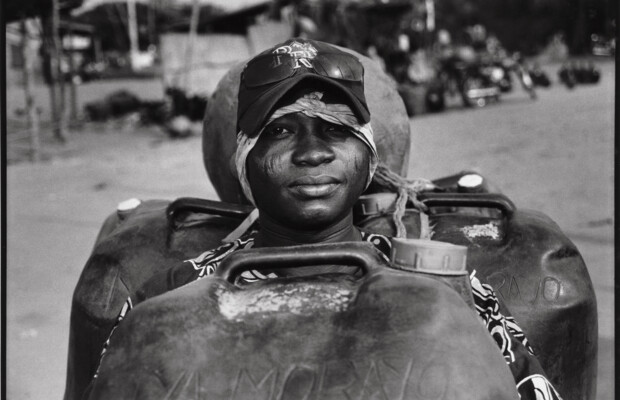Interview with Magnus Renfrew, Co-Founder of Tokyo Gendai
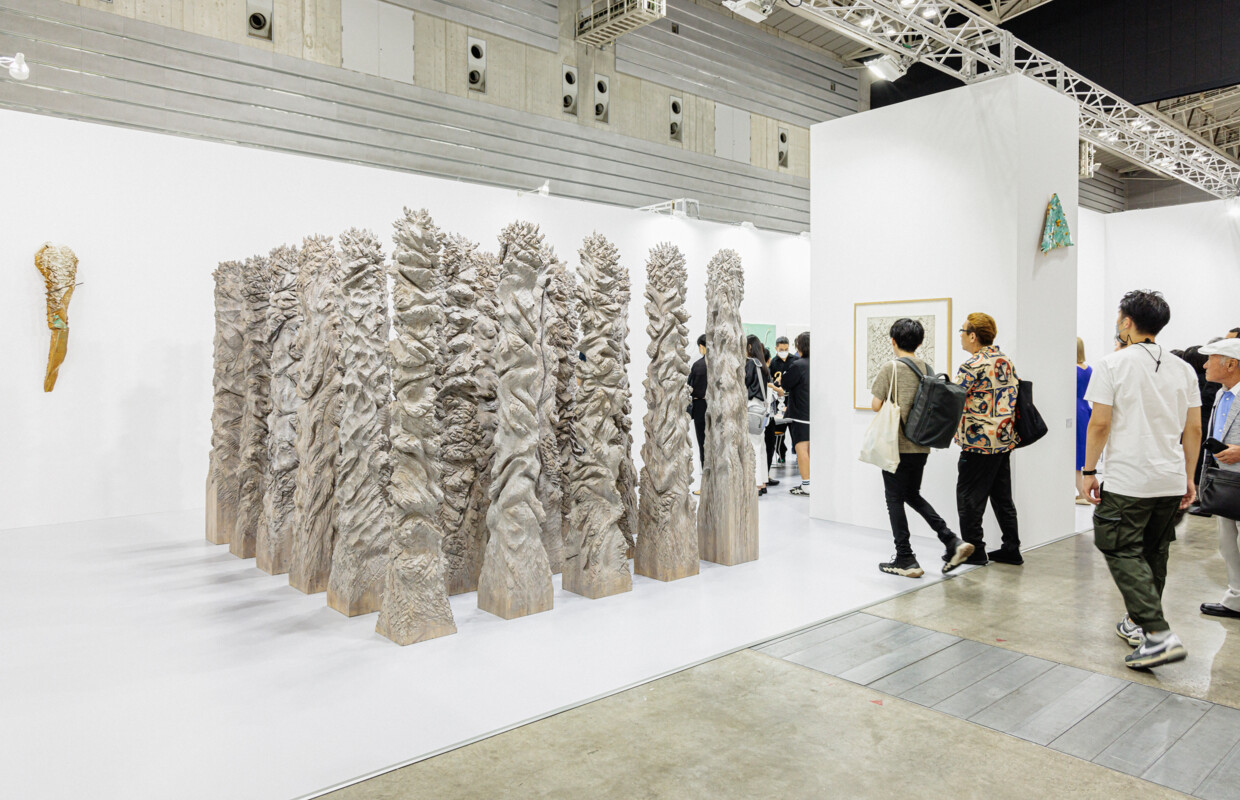
We are approaching the second edition of Tokyo Gendai which will be held from 5th to 7th July. As this is a new fair in the region, please describe the main characteristics of the event.
Tokyo Gendai is an international art fair that connects Japan’s vibrant and well-established gallery scene with the international art community, bringing together the global art world by exploring dynamic and rich contemporary art from around the world. Tokyo Gendai also has unique events that present visitors with the chance to connect and engage with Tokyo’s vibrant cultural scene, offering the opportunity to explore new perspectives through the fair’s extensive programme including talks, curated exhibitions, new commissions and satellite events, celebrating the very best that Japan has to offer. It is also an opportunity for collectors from Japan and across Asia to see leading galleries and artists from around the world on their doorstep, and for galleries to broaden and deepen their connections with collectors and institutions.
Are there any specific lessons you took from your previous experience working with ART HK (Hong Kong International Art Fair), Art Basel Hong Kong and current roles in Taipei Dangdai and ART SG? What is done differently at Tokyo Gendai?
Japan has an exceptional cultural offering and strong local art infrastructure, yet the inaugural edition of Tokyo Gendai in 2023 marked the first time in 30 years that Japan has had an international art fair of this scale.
Working on Art Basel Hong Kong, Taipei Dangdai and ART SG has taught me that it is important to ensure that the fair serves the local market and is integrated into the Japanese cultural landscape. Additionally, Tokyo Gendai uses a selection committee composed of top level gallerists from around the world, ensuring world-quality presentations on display. Because of this process it attracts an exceptional standard of participation, this year with 70 galleries from 18 countries around the globe.
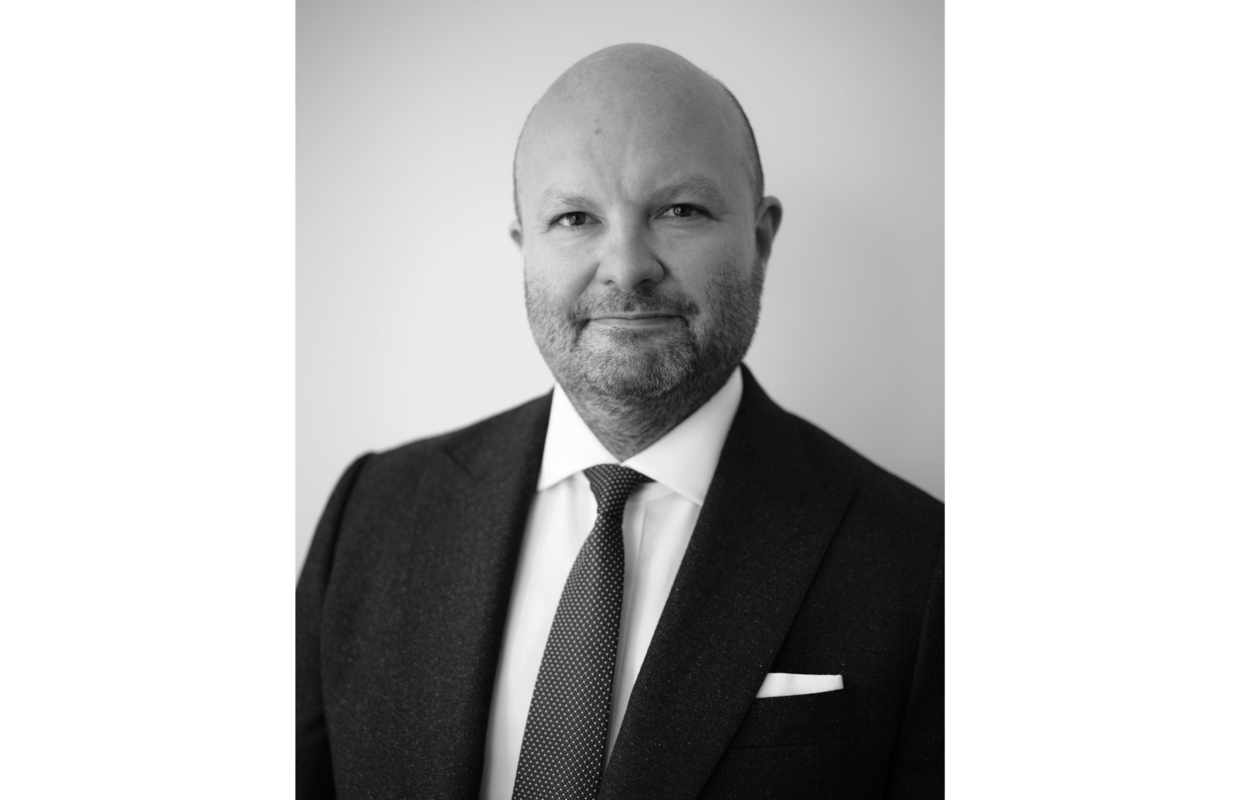
Although Japan has historically had a meaningful cultural impact on art globally, in recent years there have also been developments in direct participation in the art market in terms of new art fairs being established. What do you see as some differences when it comes to these events in Japan as opposed to other established art hubs such as Hong Kong, Singapore etc.?
We are in the midst of a new phase for the Asian art market; whereas at first the market was tightly focused upon Hong Kong, over the last decade it has expanded to encompass further cultural focal points, benefitting the great economic and cultural importance of many of the cities within Asia.
While Hong Kong will remain important to the art world, exhibitors and collectors are looking to broaden and deepen their relationships across the Asia Pacific region and discover its varied and rich cultural hubs.
With the increased accessibility of Japan to the international gallery audience with the newly granted bonded status for Tokyo Gendai, Tokyo has an exceptional new opportunity to take advantage of the rapidly shifting dynamics within the region, to become a leading art market capital in Asia, and a major annual meeting place for the global art world.
What support (governmental, global) do you see as important when moving the local art market forward? Perhaps you can also comment on the taxation regulations that have been found problematic by some collectors.
Following the revision of the notification on Japan’s Customs Act in December 2020 and February 2021, Tokyo Gendai became the first ever international art fair of this scale in the country to be granted bonded status, allowing galleries to pay Japan’s 10% goods and services tax on imported works of art at the point of sale, not in advance, as was previously the case.
This move shows that the Japanese government is taking the expansion of the country’s art market seriously, greatly improving the accessibility and efficiency for international gallerists. These reforms allow art fairs, like Tokyo Gendai, to continue to build this momentum in the Japanese art market.
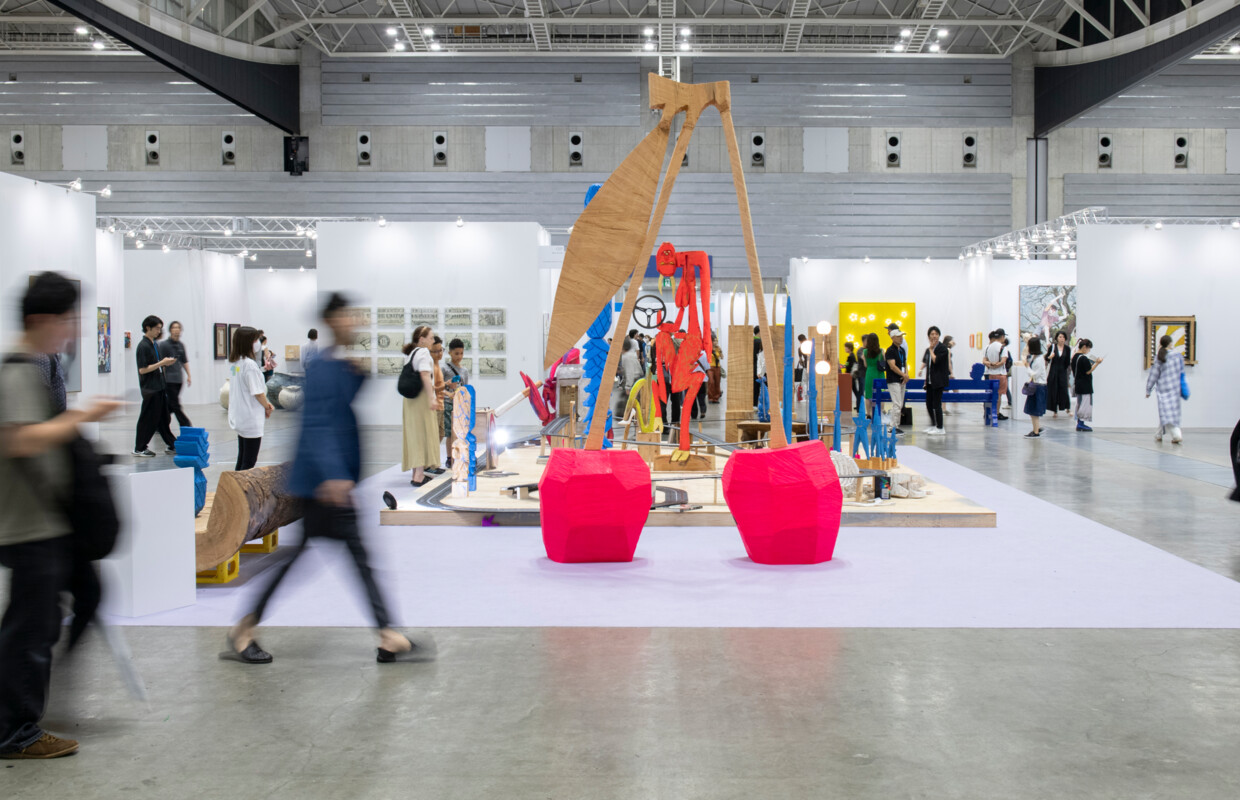

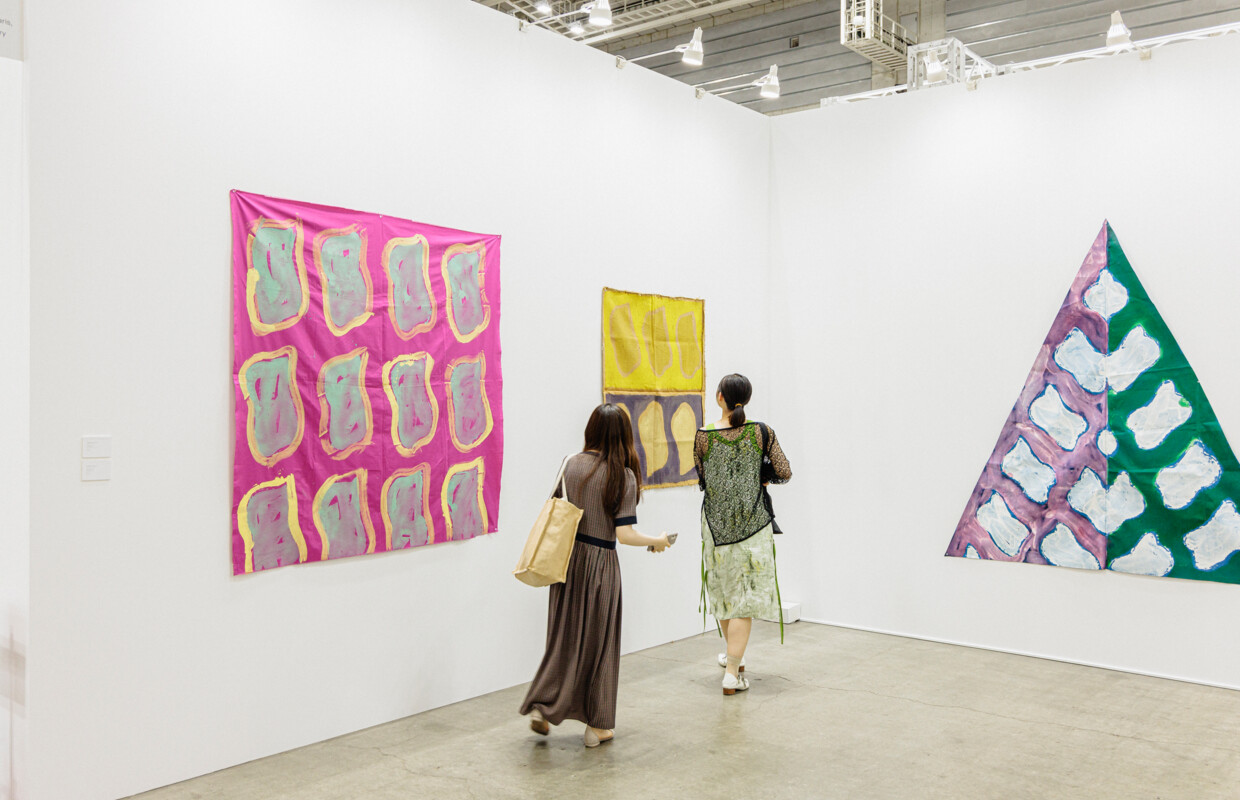
How does Tokyo Gendai aim to integrate Japanese contemporary art within the global art scene? Are there specific initiatives or collaborations that facilitate this?
Fairs act as important touchpoints for collectors and gallerists and as conduits for relationships; and the connections made at each fair within The Art Assembly have extended beyond the days of the fair. Japan has a global reputation as a leading destination for culture, and with the addition of Tokyo Gendai we are helping to further develop the local art market ecosystem. This is a key moment for the country’s art scene, and we are proud of how the fair has helped to spotlight the local culture for an international art audience, encouraging tourism, expanding the domestic market, and celebrating the very best that Japan has to offer.
Turning to what awaits visitors at the 2024 edition of Tokyo Gendai: please share the curatorial focus of this edition.
Tokyo Gendai has an exciting programme of events including: Tsubomi ‘Flower Bud’, an exhibition, co-curated by Marina Amada and Soojung Yi, that spotlights four women artists of different nationalities, generations and cultural identities: Jenny Holzer, Sareena Sattapon, Mika Tajima and Miya Ando; Ne ‘Root’, which presents several leading local foundations hosting special showcases of their work; Sato ‘Meadow’ which will feature four large-scale, tailored installations spotlighting new themes in contemporary art; Art Talks, a talks programme that will feature eight discussions about key trends, topics and developments in today’s art world, with thought leaders from the art world and beyond; and new for 2024, IntoArt, a series of daily workshops for children led by Tokyo Gendai exhibiting artists.
The fair features multiple sectors, such as Hana ‘Flower’ etc. Please illustrate what awaits visitors in each of these sectors.
The fair will showcase presentations from internationally recognised galleries, grouped into three sectors: Galleries, Hana ‘Flower,’ and Eda ‘Branch.’ The Galleries sector presents leading galleries from around the world including Tang Contemporary Art’s presentation of zodiac animals made out of Lego bricks by renowned Chinese contemporary artist Ai Weiwei, who is famous for his conceptual artworks that challenge authority and explore the links between the contemporary world and traditional Chinese culture.
SPURS Gallery (Beijing) will curate a group exhibition featuring six artists including Anselm Reyle, one of Germany’s leading contemporary artists who is well known for his large-scale, ultra-refined abstract paintings, sculptures and elaborate installations with neon elements. Meanwhile, Each Modern (Taipei) will present a group show titled Writings as the Universe, featuring works by Hiraku Suzuki, Xu Qu, Xu Jiong, and Tseng ChienYing that are layered, dynamic, complex, and constantly evolving. Galerie EIGEN + ART will showcase a solo presentation of works by Carsten Nicolai.
In Hana, 25 galleries will showcase either a solo or multiple presentation of artists at an early or mid-stage in their career, while Eda is a sector of the fair dedicated to solo or multiple artist presentations by established or historically significant figures in Asia, or to themed presentations.
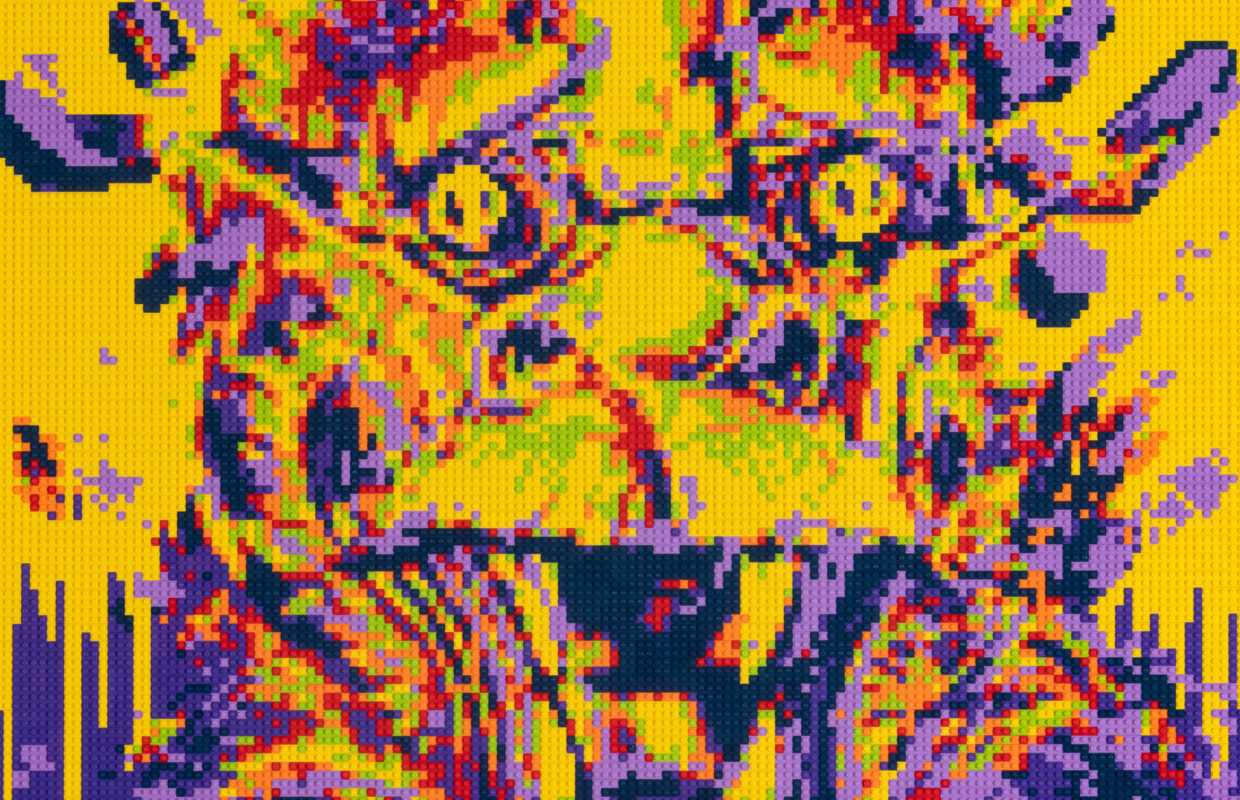
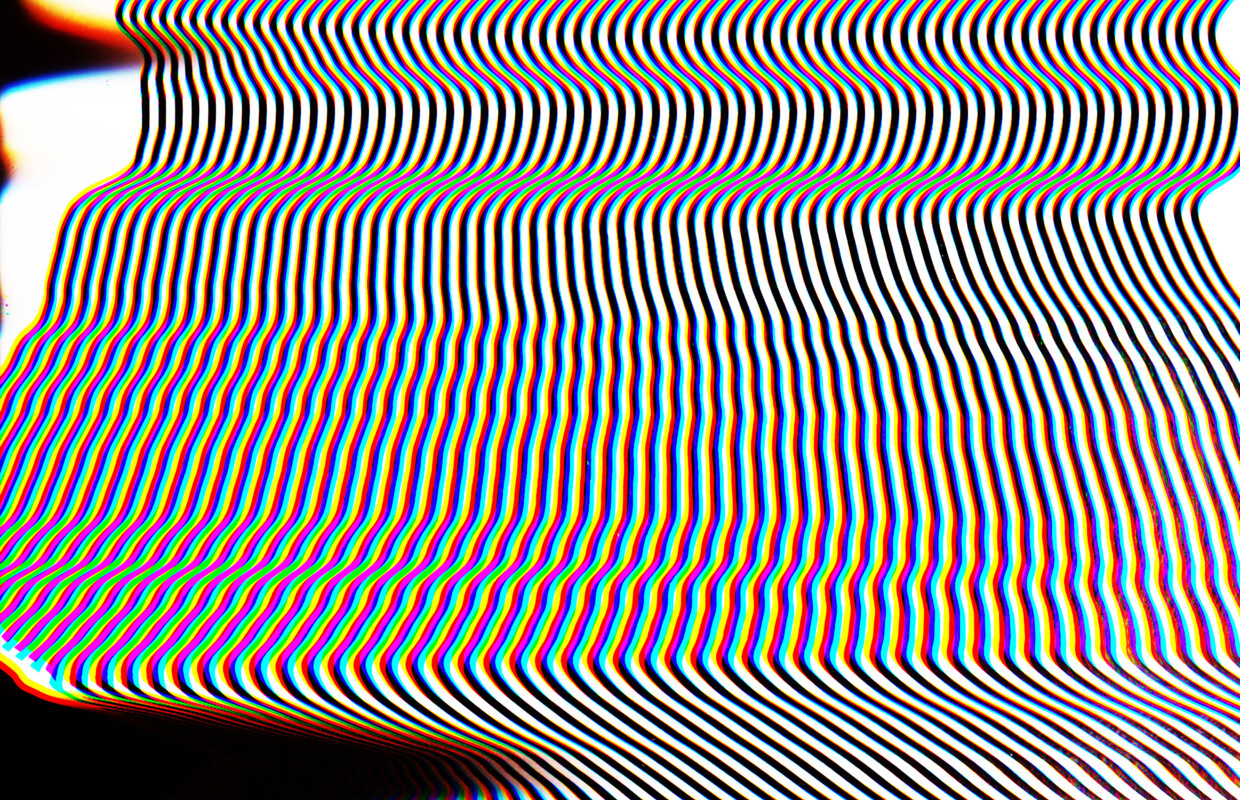

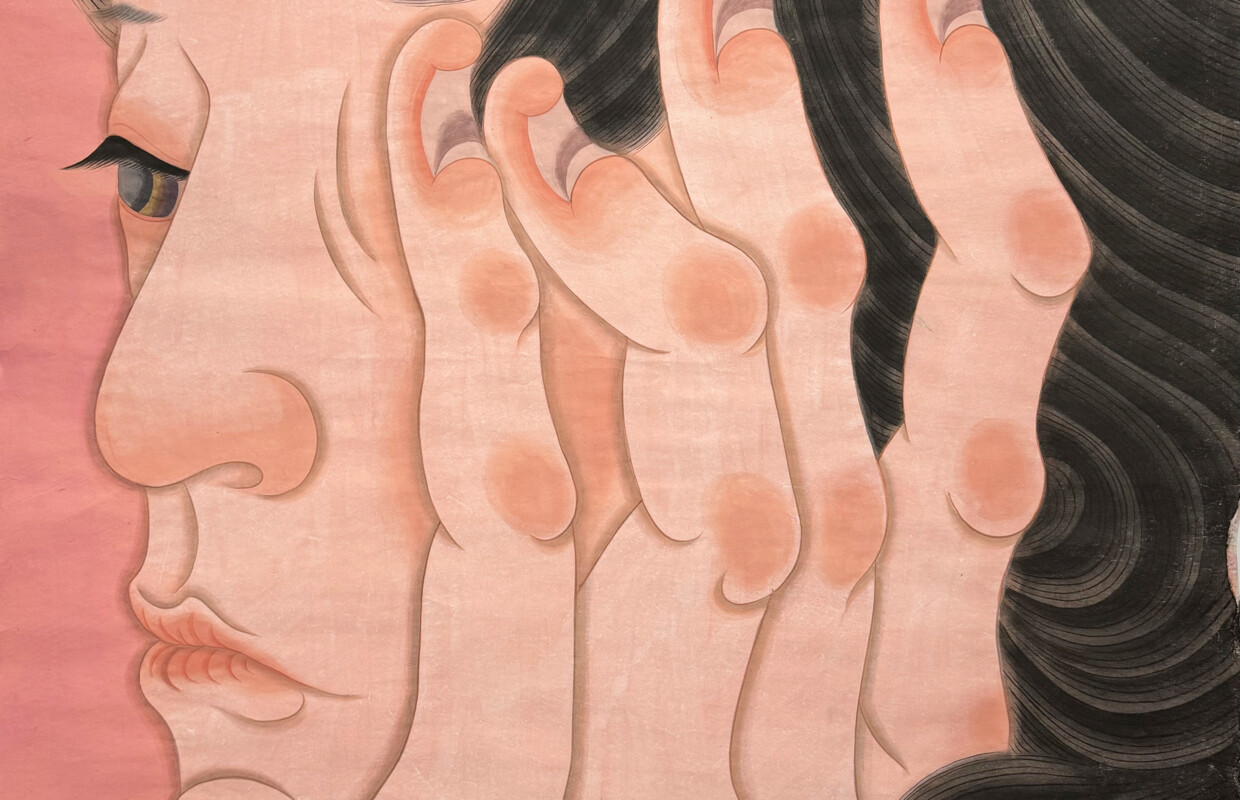
Is there anything in particular from the programme you would like to highlight personally? Something you're particularly looking forward to?
I think IntoArt is going to be a really fantastic programme. Organised by Gotoschool Inc., there will be a corner at the fair where children can freely use various art materials, interact with booths showing art books and videos, as well as participate in the daily workshops for children led by Tokyo Gendai exhibiting artists. Educational programming such as this provides important access to art for children and discourages the idea that art fairs or even other cultural spaces are ‘adult only.’
What do you envision and hope for the future of Tokyo Gendai and the art market in Japan in general?
In the past five years, we have noticed that a younger generation of collectors, both from Japan and around the world, are becoming actively engaged in the art market which we are confident will continue.
Tokyo Gendai will continue to provide an opportunity for young collectors to discover and experience for themselves some of the most exciting contemporary art, in one of the most vibrant art scenes in the world.
There is huge potential for Tokyo Gendai and the Japanese art scene to develop considerably over the next few years. All of the ingredients are there for Japan to become a leading art market and to take on a far greater role in the global art world.
Share the post:




